Spotted Dead Nettle, also known as Lamium or Spotted Dead Nettle, is a versatile ground cover plant belonging to the Lamiaceae family. Its botanical name is Lamium maculatum, and it thrives across USDA hardiness zones 3 through 8. This species is known for its ability to adapt to various conditions, growing low to the ground in cooler weather and reaching taller heights when temperatures are warmer.
Despite its ominous name, Spotted Dead Nettle is completely harmless—it lacks the stinging properties of other nettle plants, earning it the “dead” descriptor. Its foliage is a standout feature, typically showcasing green leaves with silvery accents. Some cultivars even offer unique yellow foliage, adding a touch of variety to shaded garden spaces.
| Common name | Dead Nettle Lamium, Spotted Dead Nettle |
| Botanical name | Lamium maculatum |
| Family | Lamiaceae |
| Species | maculatum |
| Plant type | Ground Cover |
| Hardiness zone | 3, 4, 5, 6, 7, 8 |
| Sunlight | Partial Shade |
| Drainage | Well-Drained |
| Growth rate | Fast |
| Flowering period | Spring |
| Flower color | Pink |
| Leaf color | Gray, Silver |
I. Appearance and Characteristics
Lamium maculatum (also known as spotted dead-nettle, spotted henbit and purple dragon) is a species of flowering plant in the family Lamiaceae, native throughout Europe and temperate Asia (Lebanon, Syria, Turkey, western China).
Lamium maculatum is a prostate, spreading herbaceous perennial. This species is very variable in terms of leaf size and shape, hairiness and flower colors. It reaches on average 20–80 centimeters (7.9–31.5 in) in height. It has erect, hollow and pubescent stems, branched at the base only. The soft hairy leaf blades are about 2–10 centimeters (0.79–3.94 in) long. They are sometimes spotted (hence the Latin name maculatum), toothed with long petioles, about 2–4 centimeters (0.79–1.57 in) long. Their shape varies from ovate-triangular to heart-shaped.
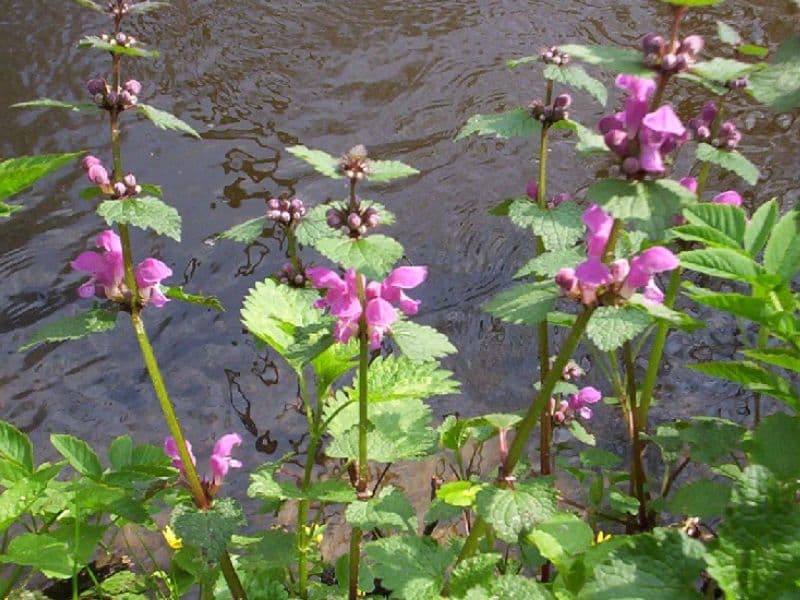
The inflorescence bears about two to eight hermaphrodite flowers about 20–30 millimeters (0.79–1.18 in) long. The flowers of the plant are formed in the leaf axils of the upper leaf pairs. The upper lips of the flowers are helmet-shaped, usually pink or purplish, while the bilobate lower ones are whitish with purple dots. The stamens are located in the upper lip and have orange pollen. The flowering period extends from April through November.
It tends to grow higher in spring while during the colder weather it is much flatter to the ground. If subjected to light frost, L. maculatum will recover in spring as it enters its growth cycle.
It grows in a variety of habitats from open grassland to woodland, generally on moist, fertile soils at an altitude of 0–1,500 metres (0–4,921 ft) above sea level.
Lamium maculatum is valued as groundcover in moist, shady areas. It will rapidly colonise an area, and may become invasive given suitable growing conditions.
II. How to Grow and Care
Sunlight
Grow spotted dead nettles in full to partial shade. They will not require much water when grown in full shade, a fact that (along with their resistance to deer pests) recommends them to homeowners seeking low-maintenance landscaping. In fact, they are one of the best perennials for shade.
Temperature and Humidity
Spotted dead nettle has a wide range, but does not do well in very warm, humid locations.
Watering
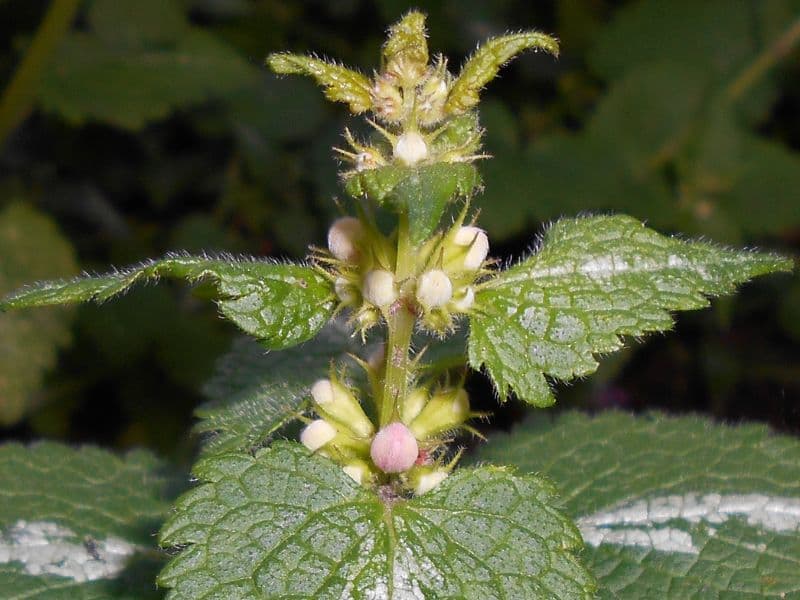
Spotted dead nettles tolerate even shady areas that have dry soil. This ground cover requires very little care at all if planted in full shade. However, the more sunshine that you give these plants, the more water they will need, since they perform best in evenly moist soil.
Soil
Install the plants in an acidic, well-drained, loamy soil. Add compost if you have clayey soil to improve drainage.
Fertilizing
Compost should be sufficient, as the plants do not require rich soil. Manure tea is a good substitute when it is too difficult to work more compost into the soil.
Pruning
Spotted dead nettles should be pruned in the summer after the first blooming period. Cutting the stems or pinching back to a joint will stimulate new growth for the plant. Mature plants that have gotten “leggy” should be cut down to just above the ground, which then will grow back into a bushy, compact plant. Any solid green leaves should be snipped out, otherwise, the plant will eventually lose the variegated leaves and become all green.
These plants spread out, and you can keep them under control by pruning, too. Cut them to the height you prefer them to be and thin them out if they’re getting too thick by cutting some of the branches throughout the plant back to the ground.
Propagation
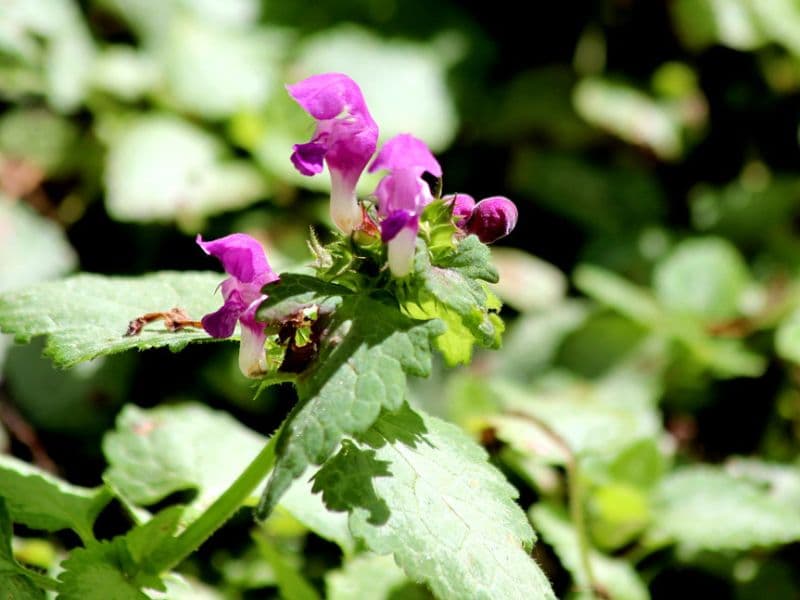
Spotted dead nettles propagate easily by themselves from runners, by dividing, or from cuttings. Here’s how:
Runners:
- Locate where the runners have rooted themselves into the ground.
- Cut the runner off with pruning shears, plant it in another spot, and then water.
Dividing:
- Carefully dig up the entire plant.
- Using a knife, divide it into sections.
- Replant them in a suitable location, and water.
Cuttings:
- Select a branch and cut it off the plant.
- Take leaves off at least half of the bottom portion of the branch.
- Push the bare part of the branch into the soil at the desired location and water.
- While they can self-seed themselves, spotted dead nettles do not do well if you try to grow them from seed.
Potting
Spotted dead nettles are a great plant to put in containers or hanging baskets. Plant them with an assortment of other flowering plants in a container garden to have sitting on your porch and lanai, or they trail beautifully from a hanging basket.
Simply put some potting soil mix in a container or hanging basket that has drainage holes, and plant the spotted dead nettle, then water. Keep in mind that smaller containers will require watering more often.
Plant it with an assortment of flowering plants, including paperwhites, cyclamen, and coral bells. Whatever you decide to mix it with, remember to select plants that need partial to full shade.
Overwintering
This plant is deciduous in areas where there is colder weather but stays semi-evergreen in other regions. To encourage new growth in the springtime cut spotted dead nettles back after the first frost or in the late autumn, depending on where you live.
Pests and Diseases
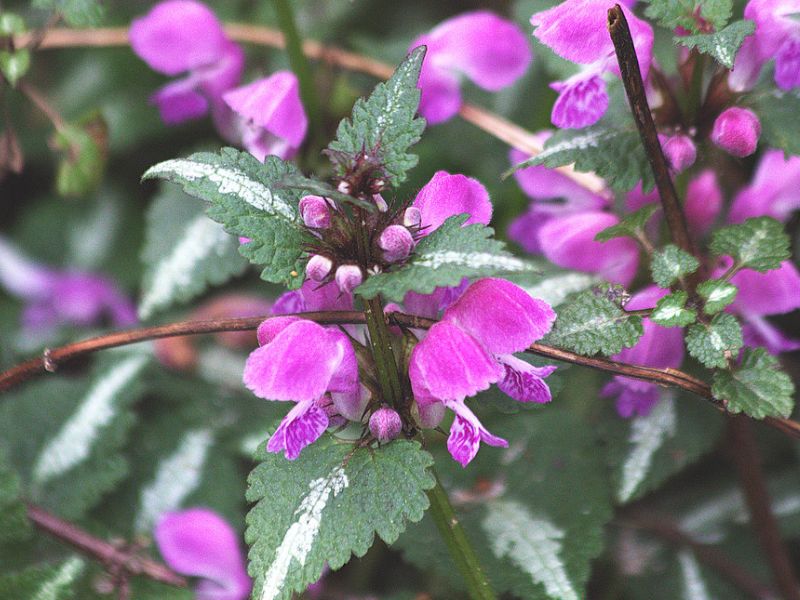
Spotted dead nettles have few problems in the north; among other good features is the fact that they are deer-resistant plants. In the south, however, they may develop problems with leaf-spotting due to the high humidity. Providing extra spacing between plants can lessen leaf-spotting, but this somewhat defeats the purpose of growing spotted dead nettles, as one of their best features is that they spread and fill in an area, thereby crowding out weeds.
Common pests for spotted dead nettles are slugs and snails, which seem to be the main pests for this plant, although aphids can also attach themselves to the stems and leaves.
III. Uses and Benefits
The summer-blooming spotted Dead Nettles may be used as groundcover and underplanting, as well as within beds and borders. It is prized for being disease-free, with gardeners liking its resistance to deer and rabbits. Spotted Dead Nettles is enjoyed for the trailing heart-shaped leaves that still flourish in shady areas, making it suitable for shaded and woodland gardens.
IV. Types of Spotted Dead Nettles
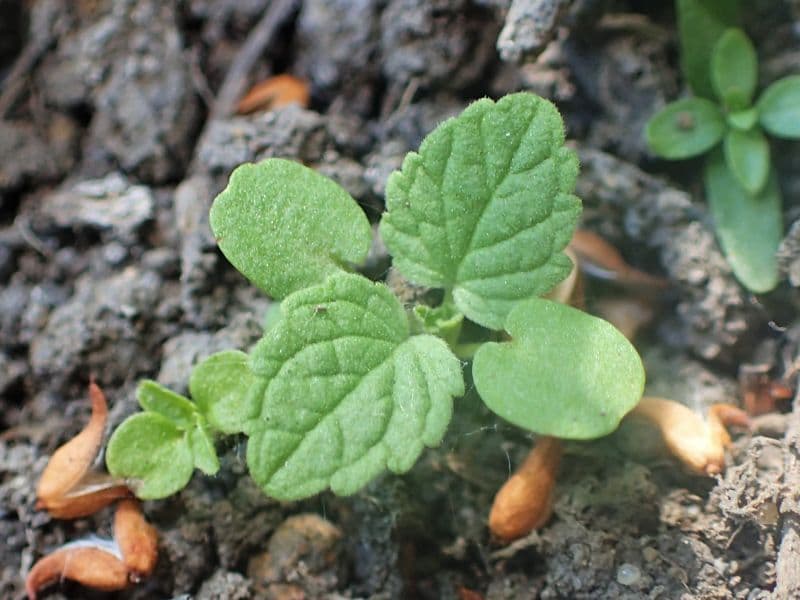
A relative of spotted dead nettles is yellow archangel (Lamium galeobdolon). It offers similar value and requires similar conditions. One difference, though, is that it is more aggressive.
There are also several cultivars (all cold-hardy to at least zone 4, most 3 to 12 inches tall, and all wanting the sun/soil conditions of the species plant) of L. maculatum, including:
- Purple Dragon: Purplish flowers and silver foliage
- White Nancy: White flowers, silvery leaves
- Beedham’s White: White flowers, leaves chartreuse and white
- Cannon’s Gold: Pink flowers, chartreuse foliage
- Orchid Frost: Pink-purple flowers; leaves silver in the center and green at the edge; known for its disease-resistance
- Anne Greenway: Mauve flowers; green, chartreuse, and silver leaves
- Aureum: Pink flowers; leaves golden on the edge, white in the center
- Ghost: Light-purple flowers; leaves almost wholly silver; taller (up to 14 inches) than the typical L. maculatum, and even the individual leaves bigger than on most kinds
Find Where to Buy the Best Spotted Dead Nettle (Lamium maculatum)

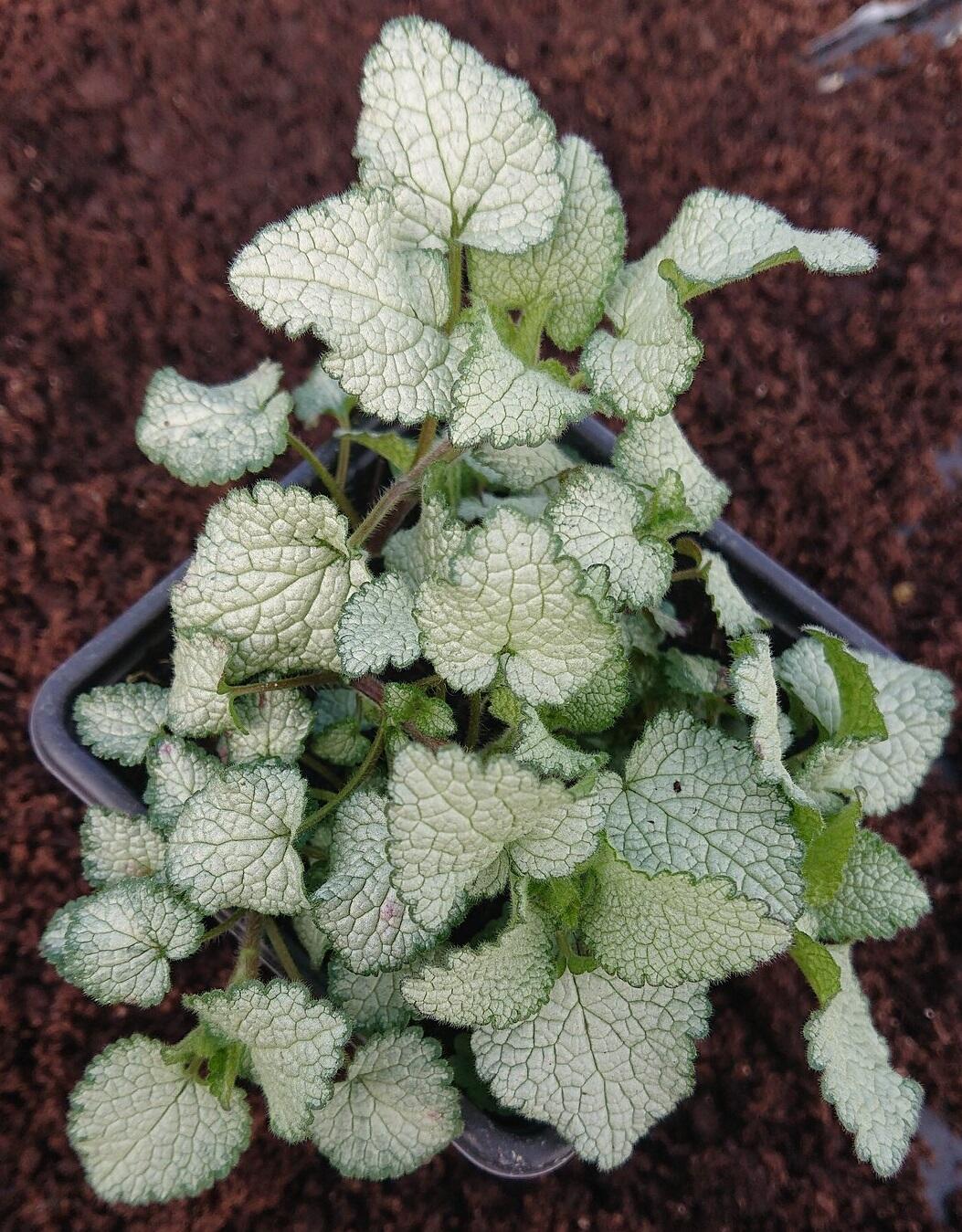


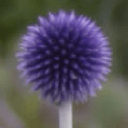





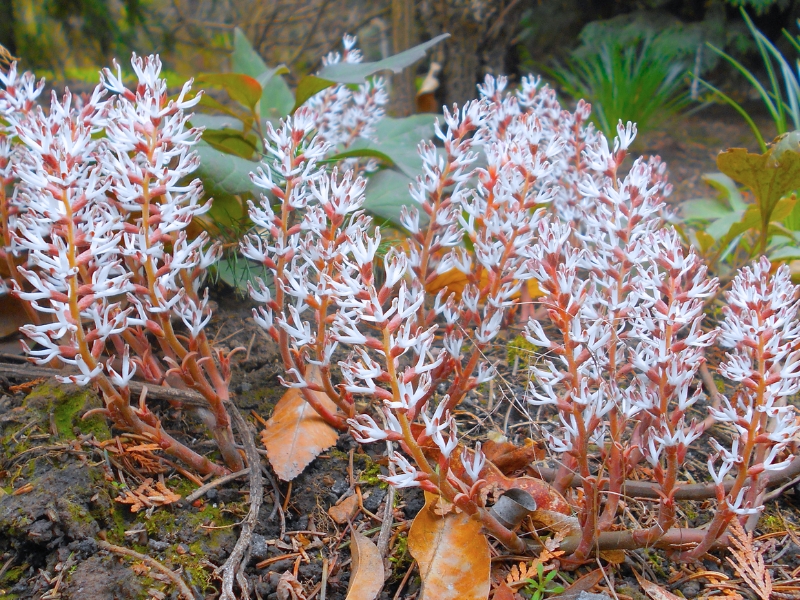

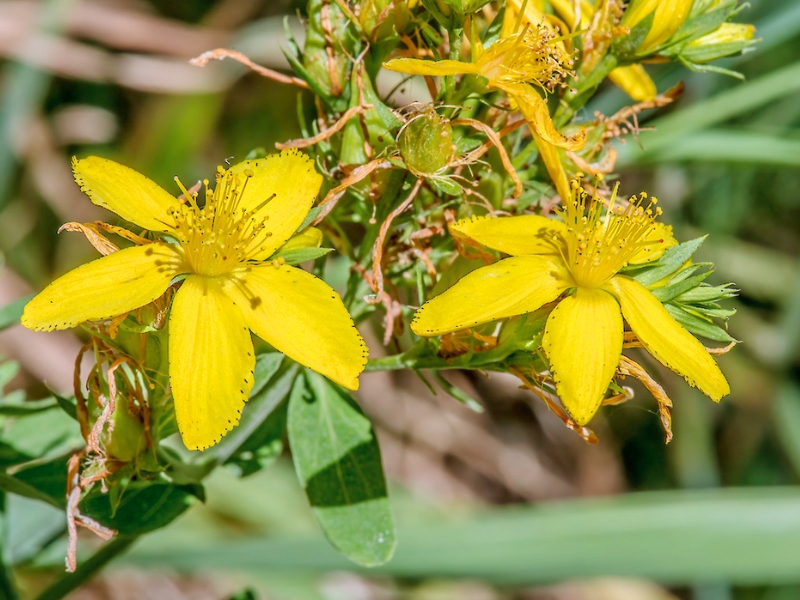
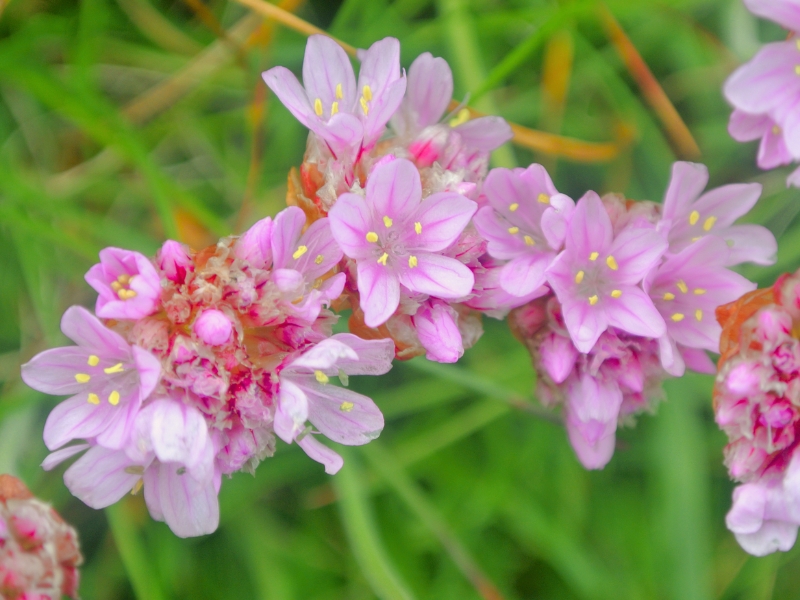
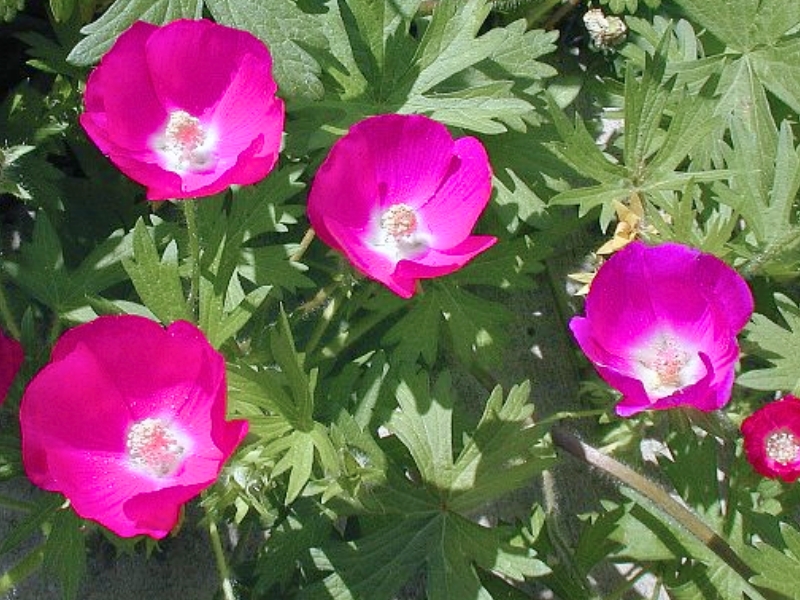
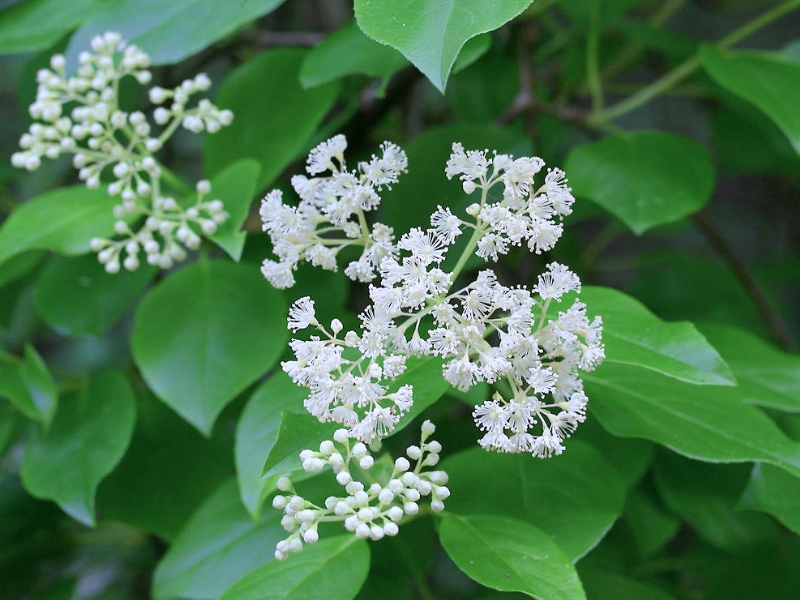
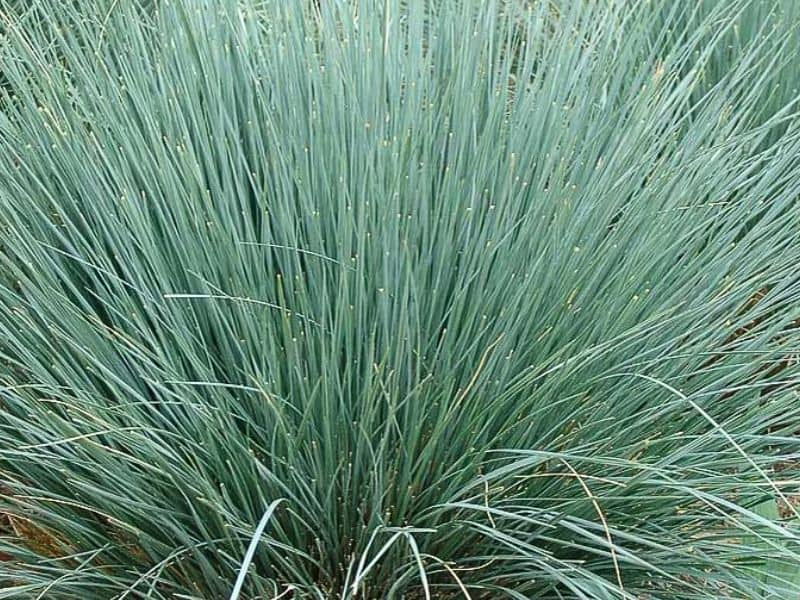
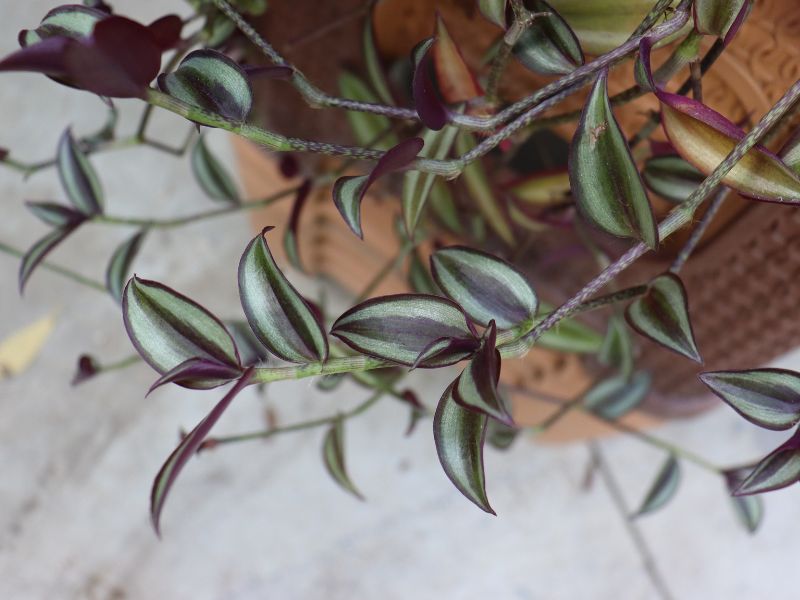
Leave a Reply